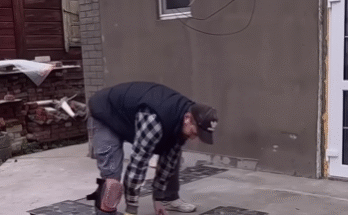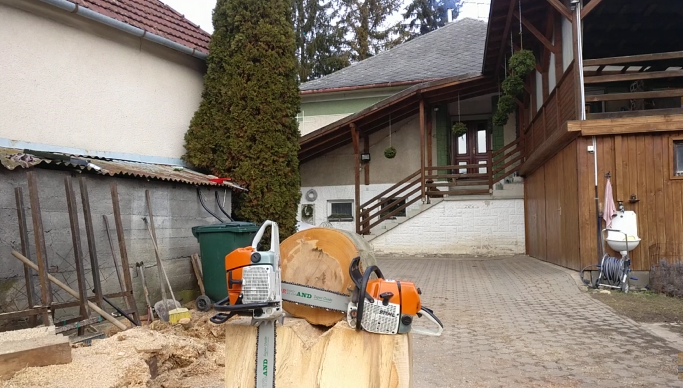
The Portland Cutting Test I represents a foundational experiment in evaluating the performance, durability, and efficiency of cutting tools in real-world scenarios. This test is particularly relevant in the construction, stoneworking, and landscaping industries, where precision, tool lifespan, and material response are all critical factors. Whether cutting through concrete, pavers, or stone slabs, understanding how blades perform under pressure helps contractors and engineers make better equipment choices.
Understanding the Portland Cutting Environment
Portland is known not only for its rainy weather and lush landscapes but also for its active construction and infrastructure development. From residential remodeling to large-scale commercial projects, Portland has become a proving ground for materials and tools. The test environment used in Portland Cutting Test I includes wet and dry cutting conditions, varying levels of aggregate hardness, and both controlled laboratory assessments and outdoor field applications.
The materials typically used in Portland for construction purposes include reinforced concrete, Portland cement blocks, granite, and sandstone. These materials provide a rich testing ground for evaluating how different saw blades and cutting tools handle high friction, resistance, and stress over time.
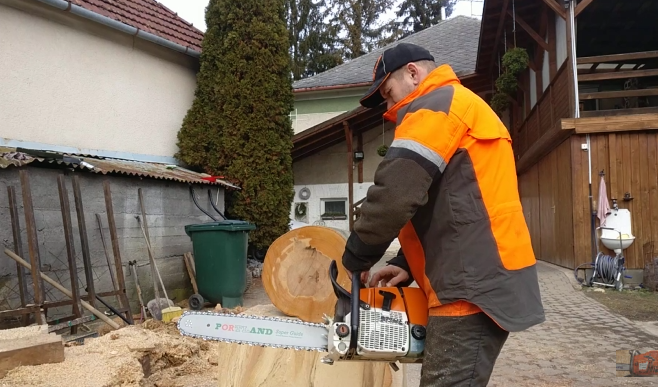
Objectives of Portland Cutting Test I
The primary objectives of the Portland Cutting Test I include:
- Measuring blade wear and lifespan under normal and extreme usage.
- Assessing cut accuracy and quality across different materials.
- Evaluating power tool performance with various blade types.
- Determining cooling and dust suppression efficiency in both wet and dry settings.
- Providing comparative results for industry decision-making.
In short, the test seeks to replicate the challenges a contractor or stoneworker would face in the field and systematically evaluate how tools perform in those situations.
Equipment Used in the Test
A wide range of cutting equipment is featured in the Portland Cutting Test I, including:
- 14-inch gas-powered cut-off saws (such as the Husqvarna K770 or Stihl TS 420)
- Electric wet tile saws
- Walk-behind concrete saws
- Angle grinders with diamond blades
The test uses both standard abrasive wheels and premium diamond blades, allowing for a thorough comparison of traditional and modern cutting technologies. Each tool is operated according to the manufacturer’s recommendations to ensure safety and accuracy in results.

Test Materials
Several standardized materials are used throughout the testing process to maintain consistency:
- Portland Cement Concrete – used to assess deep cuts in driveways and foundations.
- Granite Slabs – representing hard stone cutting performance.
- Clay and Concrete Bricks – used for testing precision in masonry work.
- Reinforced Concrete with Rebar – simulating structural wall and beam cutting.
- Natural Stone Pavers – often used in landscape and sidewalk design.
Each material is cut multiple times using different blades to track how wear and performance change over time.
Testing Procedure
The Portland Cutting Test I follows a detailed procedure to ensure fairness and consistency:
- Blade Installation and Inspection: Each blade is inspected for manufacturing defects, weight, and diameter.
- Cutting Trials: Operators make a specific number of cuts—typically 25 to 50—on each material.
- Time Measurement: The time taken to complete each set of cuts is recorded.
- Wear Assessment: Blades are removed and measured for width loss, segment degradation, and core damage.
- Dust and Cooling Evaluation: The environment is checked for air quality (in dry conditions) and water usage (in wet conditions).
- Cut Quality: Straightness, smoothness, and edge finish are rated on a numerical scale.
The data collected across these phases is compiled into comparative tables and charts for analysis.
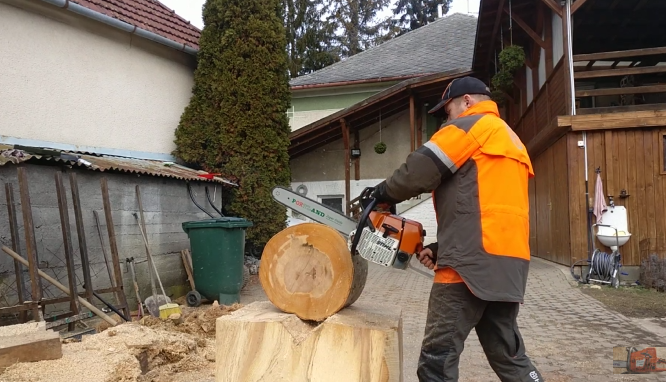
Key Findings
From the initial round of testing, several significant observations emerged:
- Diamond blades outperform abrasive wheels in both longevity and quality of cut. While they are more expensive upfront, their performance in cutting concrete and stone justifies the investment.
- Wet cutting significantly reduces dust and heat, improving blade life and operator safety. However, water management becomes essential to prevent job site mess.
- Not all diamond blades are created equal. Premium segmented blades last longer and cut faster than economy blades, especially on harder materials like granite or rebar-reinforced concrete.
- Gas-powered saws provide higher torque, making them better for outdoor, heavy-duty tasks. However, electric saws offer better control in precision jobs.
- Operator technique influences results more than expected. Inconsistent pressure, blade speed, and handling affected the wear and accuracy significantly, highlighting the need for proper training.
Environmental Considerations
One of the important aspects of the Portland Cutting Test I was measuring environmental impact. Dry cutting, while sometimes faster and simpler, creates hazardous dust that poses respiratory risks to workers and bystanders. Water suppression systems proved to be essential in reducing this hazard.
Furthermore, diamond blades with laser-welded segments tend to generate less vibration and noise, contributing to a safer and more comfortable working environment. Waste materials from the test were collected and sorted to evaluate the ecological impact of different cutting techniques and materials.
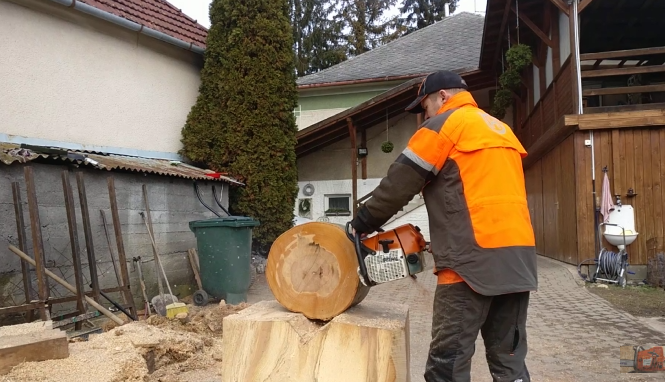
Recommendations for Contractors
Based on the results of the Portland Cutting Test I, contractors and tool users are advised to:
- Invest in high-quality diamond blades for long-term savings and better cutting performance.
- Use wet cutting when possible to reduce blade wear and health risks.
- Train operators on proper techniques to avoid premature blade damage.
- Match the blade to the specific material—some are designed for general use, while others excel in cutting specific surfaces like asphalt or tile.
- Conduct regular blade inspections and replacements to avoid safety hazards and ensure consistent results.
Future Testing
The Portland Cutting Test I is only the beginning. Plans are in place to extend the testing to include:
- Second-generation composite blades
- Battery-powered cutting tools
- Thermal imaging for heat analysis
- Automated blade wear sensors
- Field trials in colder and wetter months
As materials and technologies evolve, ongoing testing like this will be crucial for staying ahead of industry trends and ensuring safe, efficient job sites.
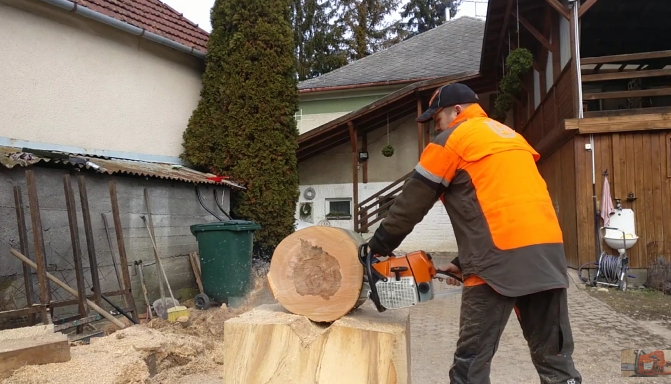
Conclusion
The Portland Cutting Test I provided a wealth of information about cutting tool performance in real-world conditions. From material toughness to blade endurance, every element was examined under controlled, repeatable circumstances. The test confirmed that while high-quality blades and saws may cost more initially, they offer substantial benefits in efficiency, safety, and long-term savings.
For contractors, construction managers, and DIY professionals alike, the lessons from this test highlight the importance of choosing the right tool for the job—and using it properly. As more data becomes available from ongoing tests, industry standards will continue to evolve, leading to better tools, safer practices, and superior project outcomes.

